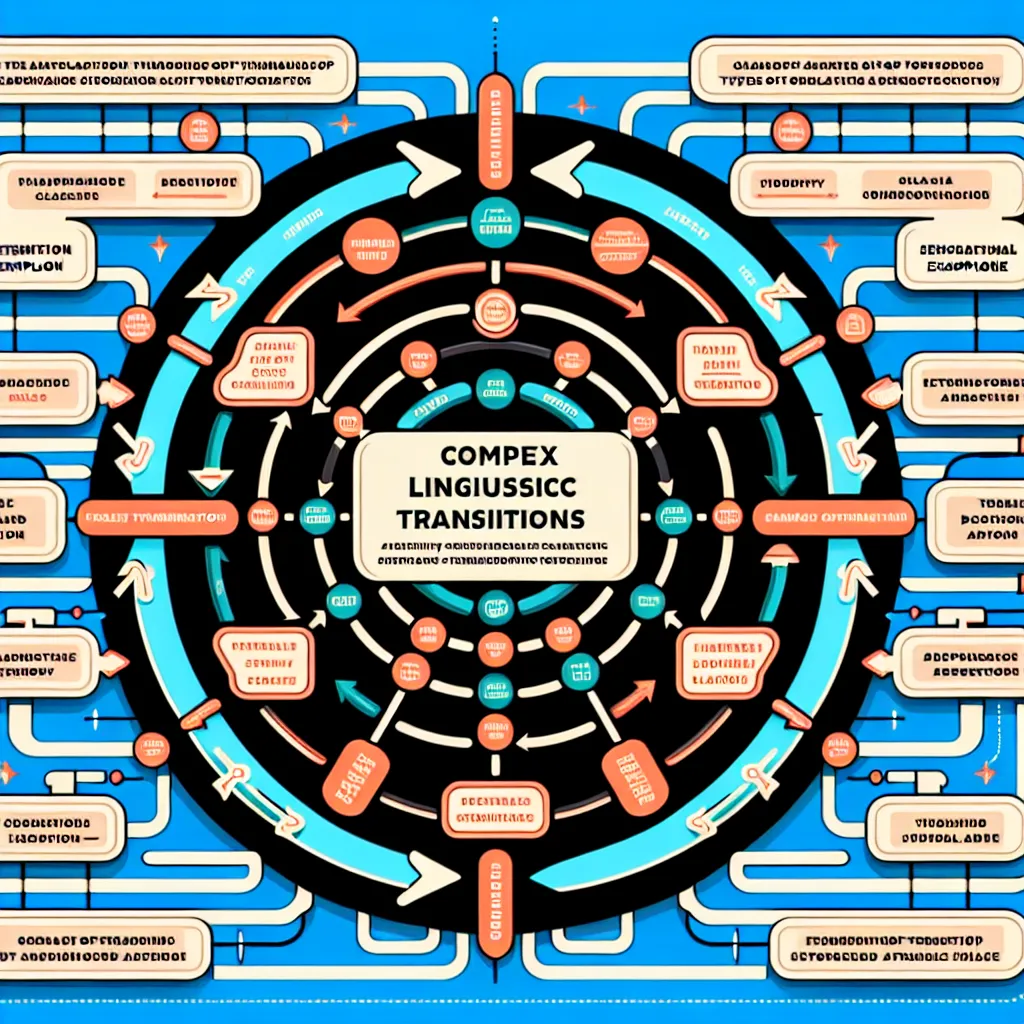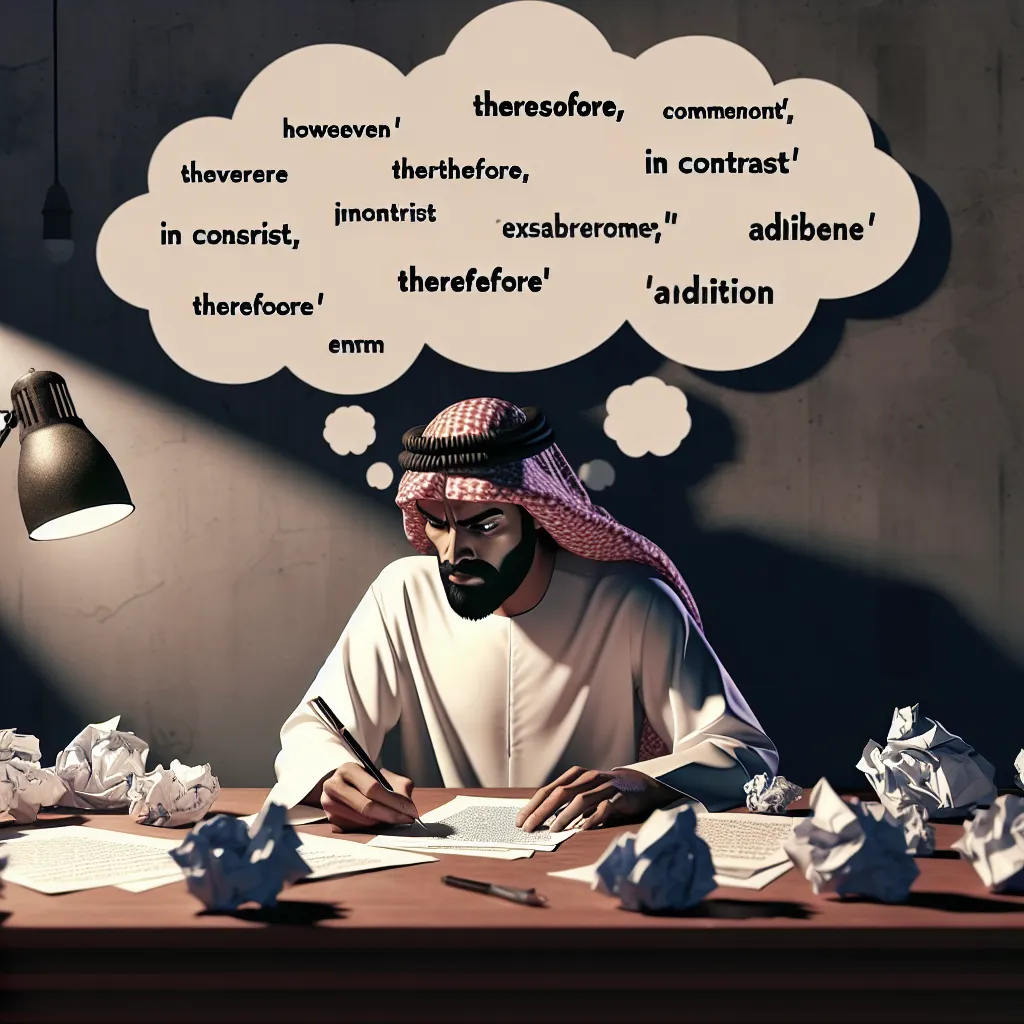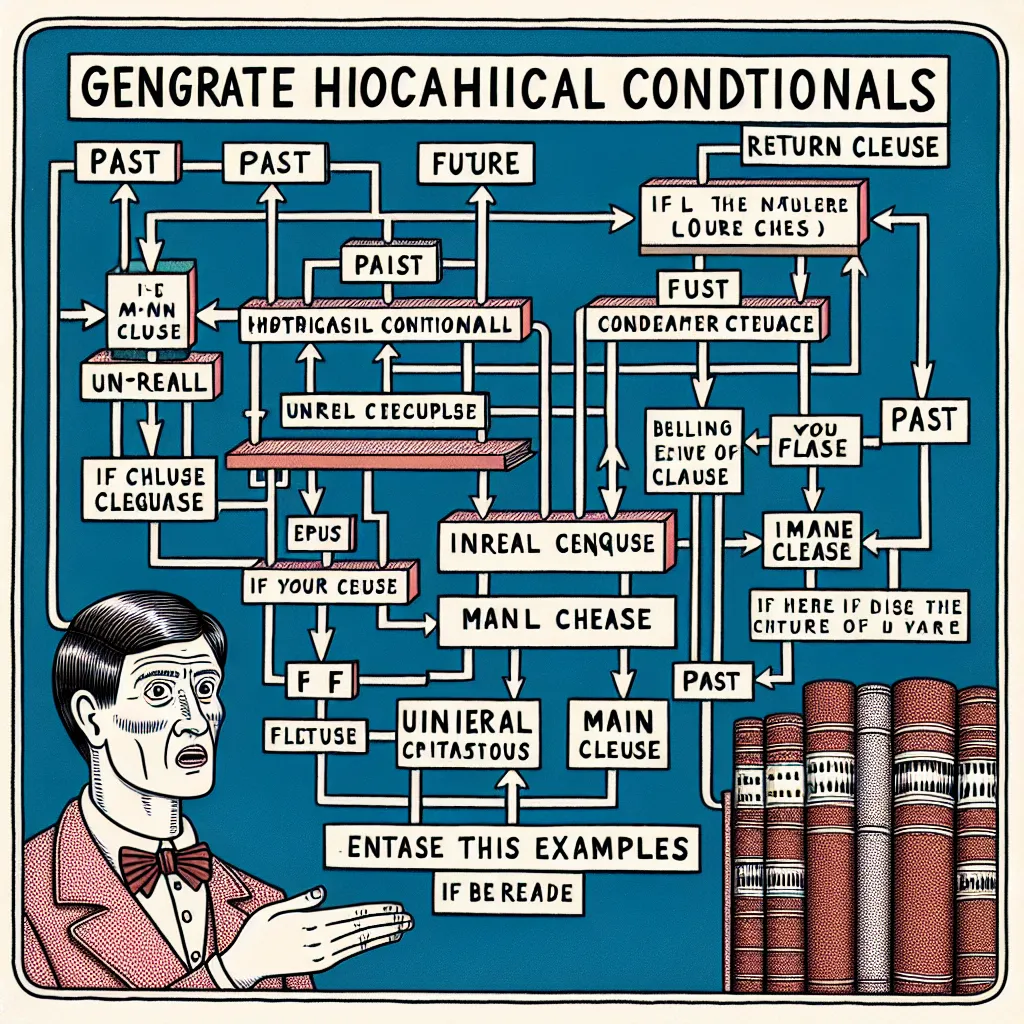Are you looking to take your writing to the next level? Mastering advanced transitions is a crucial step in enhancing your writing skills and creating more sophisticated, cohesive content. In this comprehensive guide, we’ll explore How To Use Advanced Transitions effectively, providing you with the tools to elevate your writing across various genres and formats.
Understanding Advanced Transitions
Advanced transitions are sophisticated linking words and phrases that help create smooth connections between ideas, paragraphs, and sections in your writing. They go beyond basic conjunctions like “and,” “but,” and “or,” to provide more nuanced relationships between thoughts and to improve the overall flow of your text.
Why Are Advanced Transitions Important?
- Improved Coherence: They help readers follow your train of thought more easily.
- Enhanced Sophistication: Advanced transitions demonstrate a higher level of language proficiency.
- Better Argument Structure: They allow for more complex and persuasive arguments.
- Increased Readability: Smooth transitions make your writing more enjoyable to read.
 Advanced Transitions in Writing
Advanced Transitions in Writing
Types of Advanced Transitions and How to Use Them
1. Additive Transitions
These transitions are used to add information or ideas.
Examples:
- Furthermore
- Moreover
- In addition
- Additionally
How to use: “The new policy will reduce costs. Furthermore, it will improve efficiency across all departments.”
2. Adversative Transitions
These transitions show contrast or opposition between ideas.
Examples:
- Nevertheless
- However
- On the contrary
- Conversely
How to use: “The project was challenging. Nevertheless, the team persevered and achieved remarkable results.”
3. Causal Transitions
These transitions indicate cause-and-effect relationships.
Examples:
- Consequently
- As a result
- Therefore
- Thus
How to use: “The company invested heavily in research and development. Consequently, they were able to launch a groundbreaking product.”
4. Sequential Transitions
These transitions show a sequence of events or ideas.
Examples:
- Subsequently
- Initially
- Finally
- Meanwhile
How to use: “Initially, we focused on market research. Subsequently, we developed a prototype based on our findings.”
For more information on using advanced conjunctions in your writing, check out our detailed guide on mastering advanced conjunctions.
Implementing Advanced Transitions in Different Writing Contexts
Academic Writing
In academic writing, advanced transitions are crucial for developing complex arguments and maintaining a formal tone.
Example:
“The study’s findings support the hypothesis. Furthermore, they open new avenues for future research in the field.”
Business Writing
For business documents, use transitions to clearly connect ideas and guide readers through your proposals or reports.
Example:
“Our current marketing strategy has been effective. Nevertheless, we propose a shift towards digital platforms to capture a younger demographic.”
Creative Writing
In creative writing, transitions can help set the pace and mood of your narrative.
Example:
“The sun set, painting the sky in vibrant hues. Meanwhile, in the quiet of the forest, a different scene was unfolding.”
To further enhance your narrative skills, explore our guide on how to master the use of advanced tenses in narratives.
Tips for Mastering Advanced Transitions
-
Read Extensively: Exposure to well-written texts will help you internalize the use of advanced transitions.
-
Practice Regularly: Incorporate new transitions into your daily writing.
-
Context is Key: Ensure the transition fits the relationship between ideas you’re trying to convey.
-
Avoid Overuse: Too many advanced transitions can make your writing feel forced or overly complex.
-
Revise and Edit: After writing, review your work to ensure transitions are used effectively and appropriately.
Common Pitfalls to Avoid
-
Misusing Transitions: Ensure you understand the exact meaning and connotation of each transition.
-
Overreliance on a Few Favorites: Vary your transitions to keep your writing dynamic.
-
Ignoring the Flow: Transitions should enhance, not disrupt, the natural flow of your writing.
-
Neglecting Paragraph-Level Transitions: Don’t forget to connect paragraphs, not just sentences.
 Common Transition Pitfalls
Common Transition Pitfalls
Advanced Transition Exercises
To help you practice, try these exercises:
-
Sentence Combining: Take two related sentences and combine them using an advanced transition.
-
Paragraph Rewriting: Rewrite a paragraph, focusing on improving the transitions between ideas.
-
Transition Identification: Read a complex piece of writing and highlight all the advanced transitions used.
For more practice with advanced language structures, visit our guide on how to use advanced syntactic structures.
Conclusion
Mastering advanced transitions is a key step in elevating your writing skills. By understanding different types of transitions and practicing their use in various contexts, you can significantly improve the coherence, sophistication, and overall quality of your writing. Remember, the goal is not just to use fancy words, but to create a smooth, logical flow that guides your reader effortlessly through your ideas.
As you continue to develop your writing skills, consider exploring more advanced topics such as how to use advanced discourse markers in presentations to further enhance your communication abilities.
We encourage you to practice implementing these advanced transitions in your writing and to share your experiences or questions in the comments below. Happy writing!




